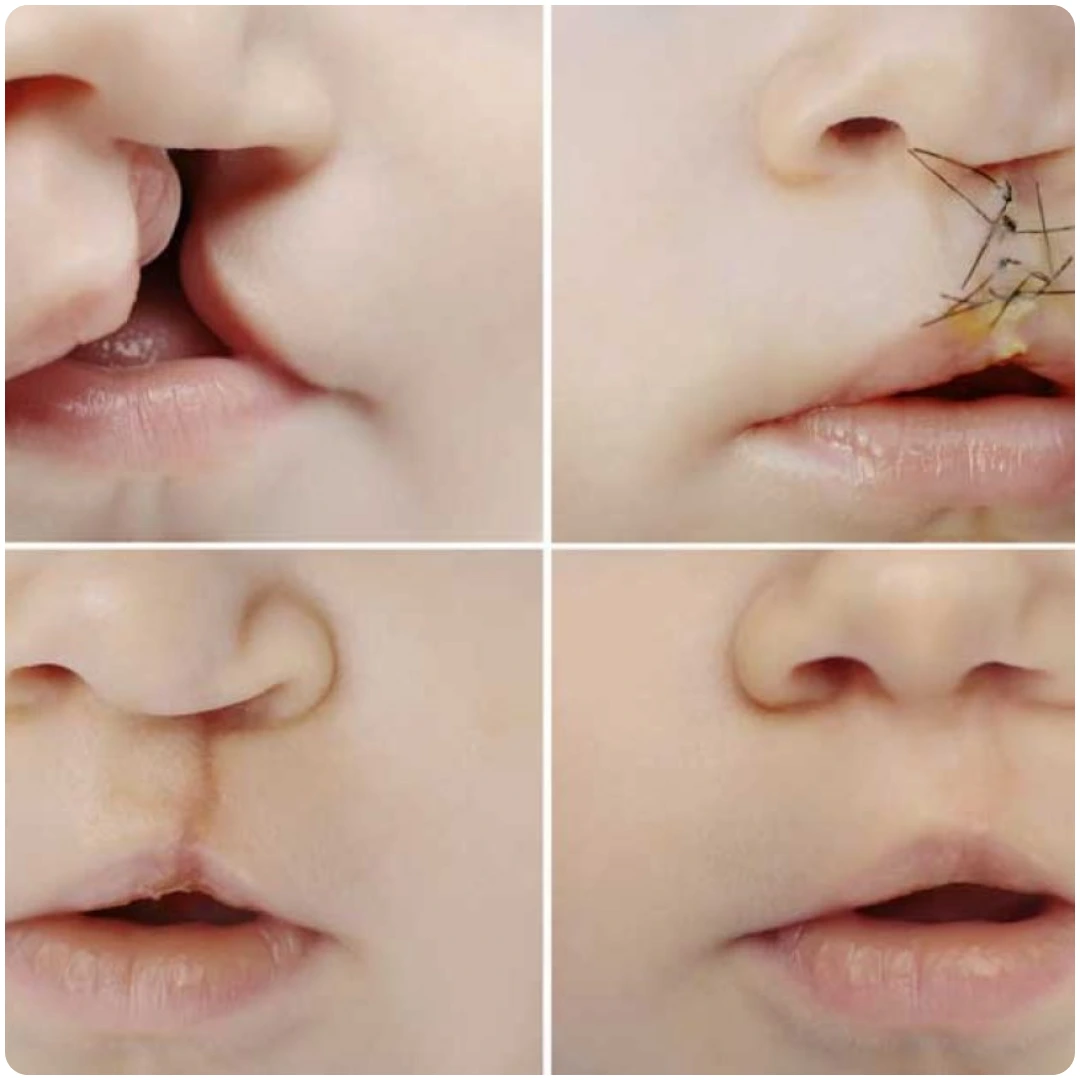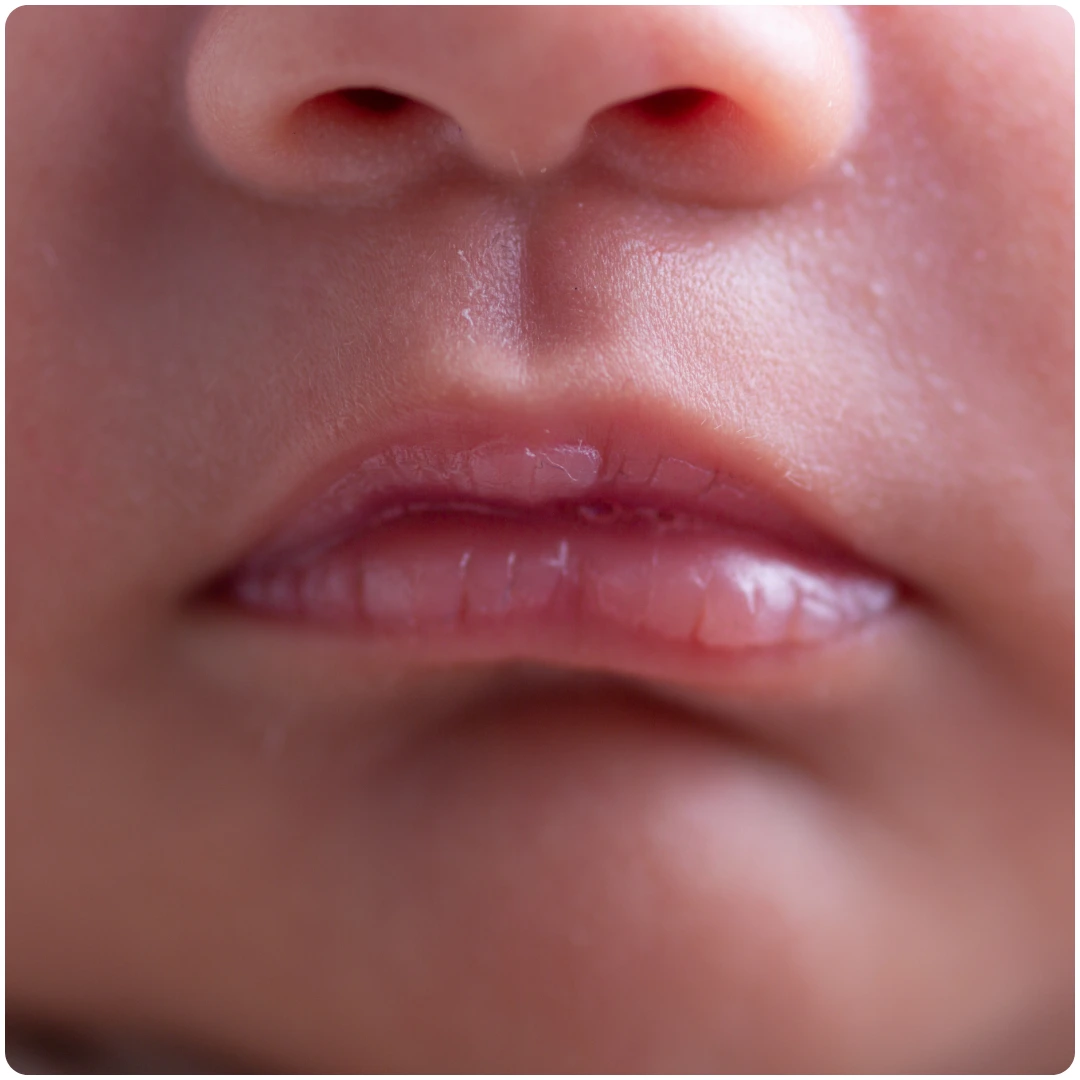Cleft Lip & Palate Surgery
What Is Cleft Lip & Palate Surgery?
Cleft lip and cleft palate are facial and oral malformations that occur very early in pregnancy, while the baby is developing inside its mother. A cleft results when there is not enough tissue in the mouth or lip area, and the tissue that is available does not join properly. A cleft lip is a physical split or separation of the two sides of the upper lip and appears as a narrow opening or gap in the skin of the upper lip. This separation often extends beyond the base of the nose and includes the bones of the upper jaw and/or upper gum.
Cleft lip and cleft palate can occur on one or both sides of the mouth. Because the lip and the palate develop separately, it is possible to have a cleft lip without a cleft palate, a cleft palate without a cleft lip, or both a cleft lip and cleft palate together.
In most cases, the cause of cleft lip and cleft palate is not known and these conditions cannot be prevented. Most doctors believe clefts are due to a combination of genetic and environmental factors.
There appears to be a greater chance of clefting in a newborn if a sibling, parent, or relative has had the problem. Another potential cause may be related to a medication a mother may have taken during her pregnancy.
Some antiseizure/anticonvulsant medications, acne treatment medications containing Accutane®, or methotrexate, a drug commonly used for treating cancer, arthritis, and psoriasis, may cause cleft lip and/or cleft palate.

Restore function and confidence with Cleft Lip & Palate Surgery at Musk Clinic!

What To Expect?
Problem in eating food may cause inadequate nutrition to the child along with ear infections, hearing loss, speech problems and dental issues are bound to arise. The treatment procedure for this is long drawn but very effective.
A cleft lip may require 1 or 2 surgeries depending on the extent of the repair needed. The initial surgery is usually performed by a baby who is 3 months old. Repair of a cleft palate often requires multiple surgeries over the course of 18 years.
The first surgery to repair the palate usually occurs when the baby is between 3 and 6 months old to close the lip. The second surgery is usually from 9-12 months old and creates a functional palate, reduces the chances that fluid will develop in the middle ears, and aids in the proper development of the teeth and facial bones.
Children with a cleft palate may also need a bone graft when they are about 8 years old to fill in the upper gum line so that it can support permanent teeth and stabilize the upper jaw. About 20% of children with a cleft palate require further surgeries to help improve their speech.
Once the permanent teeth grow in, braces are often needed to straighten the teeth. Additional surgeries may be performed to improve the appearance of the lip and nose, close openings between the mouth and nose, help breathing, and stabilize and realign the jaw.
Final repairs of the scars left by the initial surgery will probably not be performed until adolescence, when the facial structure is more fully developed.
Why Choose Musk Clinic?
FAQs
A cleft is an opening in the lip, the roof of the mouth or the soft tissue in the back of the mouth. A cleft lip may be accompanied by an opening in the bones of the upper jaw and/or the upper gum.
A cleft palate occurs when the two sides of a palate do not join together resulting in an opening in the roof of the mouth. A cleft lip and palate can occur on one side or both sides. A child can suffer from a cleft lip, a cleft palate or both.
The exact cause is unknown. Cleft lips and cleft palates are congenital defects that occur early in embryonic development.
Scientists believe a combination of genetic and environmental factors, such as maternal illness, drugs or malnutrition, may lead to a cleft lip or cleft palate. If one child in a family is born with a cleft, the risk increases by 2 to 4 percent that future children in the family will suffer from the same defect.
Ear disease and dental problems occur frequently, as do problems with proper speech development. Children who suffer from a cleft lip and/or cleft palate may have difficulty eating.
To address these issues, a child and family may work with a team of specialists – a pediatrician, a plastic surgeon, dental specialists, an otolaryngologist (ear, nose and throat specialist), a speech-language pathologist and audiologist, a geneticist and a psychologist/social worker.
Yes. Surgery provides excellent results. A pediatrician and a plastic surgeon work with a child’s parents to choose the best timing for surgery. Most surgeons agree that a cleft lip should be repaired by the time a baby is 3 months old.
To repair the partition of mouth and nose as early as possible, a cleft palate generally is repaired between the ages of 12 and 18 months. Any surgical procedure is dependent upon a child’s general health and the nature of the cleft lip or cleft palate.










